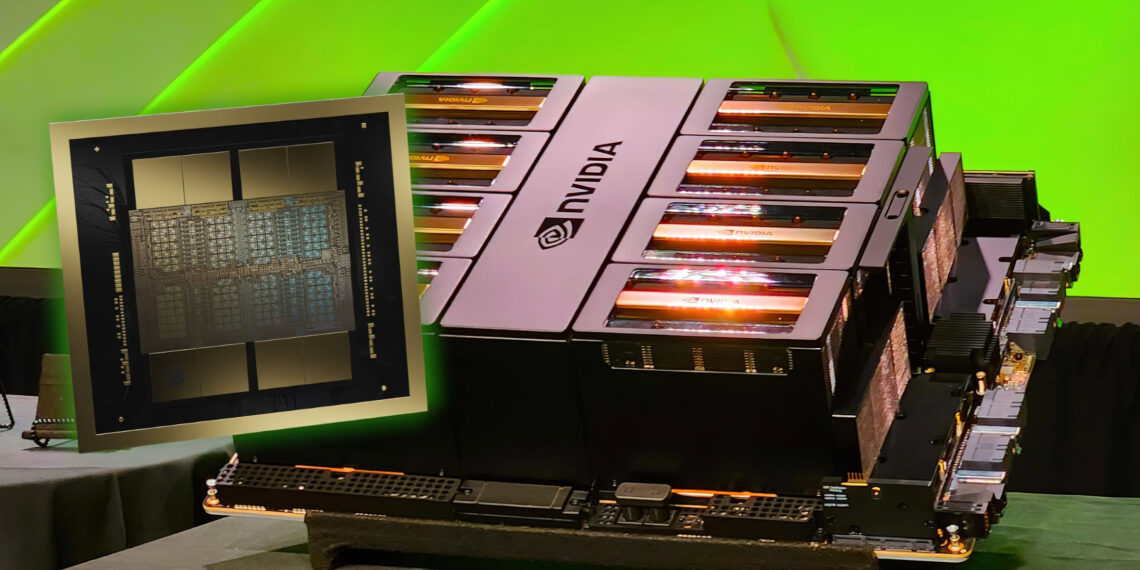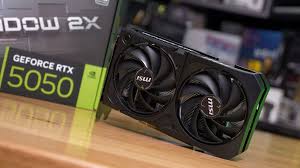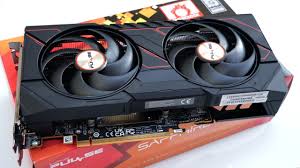NVIDIA Blackwell GB200 crushes AI inference competition with 77.6% profit margins, while AMD’s latest MI355X posts negative 28.2% margins. Morgan Stanley research reveals NVIDIA’s massive lead due to superior software optimisation and CUDA AI stack performance.
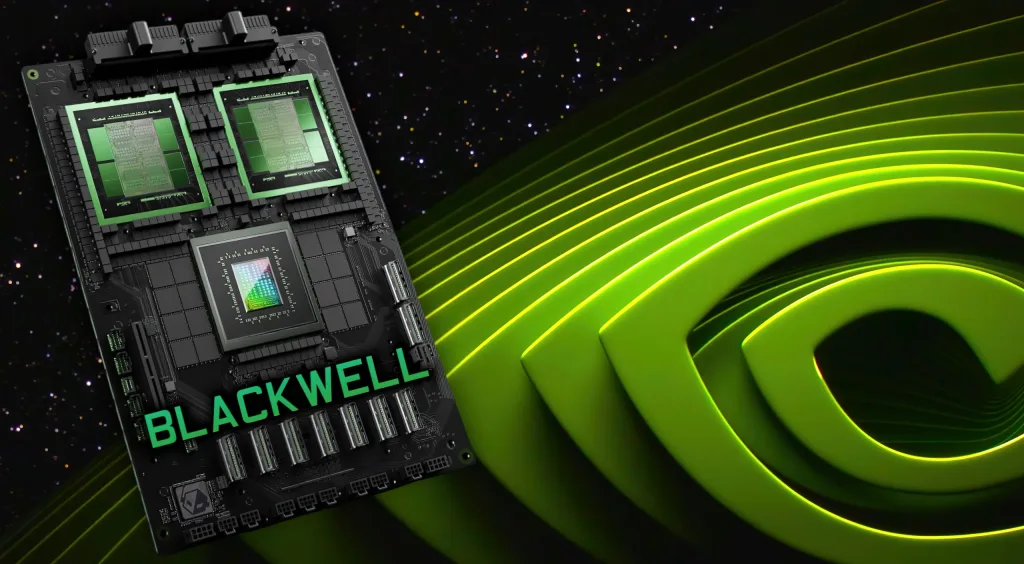
Table of Contents
AI Inference Performance Comparison
| Platform | Profit Margin | Revenue/Hour | TCO (100MW) |
|---|---|---|---|
| NVIDIA GB200 NVL72 | 77.6% | $7.5 | $800M |
| Google TPU v6e | 74.9% | $2.0 | $450M |
| AWS Trn2 Ultra | 62.5% | $1.5 | $520M |
| AMD MI355X | -28.2% | $1.7 | $588M |
| AMD MI300X | -64.0% | $1.0 | $744M |
NVIDIA’s Dominance Factors
NVIDIA’s massive lead stems from its comprehensive AI software stack optimization and FP4 support. The company’s CUDA ecosystem continues receiving “Fine Wine” treatment with quarterly performance improvements across Hopper and Blackwell architectures.
The GB200 platform generates $3.5 billion estimated profit from 100MW AI factories, demonstrating NVIDIA’s stranglehold on the AI inference market.
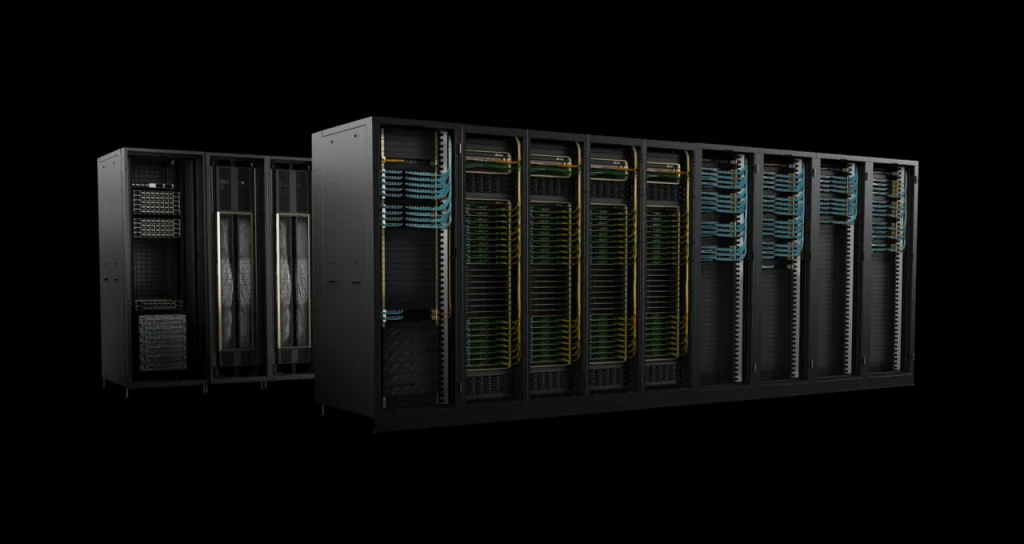
AMD’s Struggling Position
AMD’s latest MI355X and MI300X platforms show negative profit margins despite competitive hardware specifications. The company invests heavily in software optimization but trails significantly in AI inference performance.
With TCO matching NVIDIA‘s costs ($588M-$744M vs $800M), AMD offers similar investment requirements but delivers substantially lower AI performance returns.
Market Share Implications
AI inference represents 85% of the future AI market, making NVIDIA’s dominance strategically critical. Companies choosing AI hardware prioritize return on investment, where NVIDIA’s superior software optimization justifies higher initial costs.
This performance gap explains NVIDIA’s continued AI chip market leadership despite premium pricing strategies.
Future Competition Roadmap
NVIDIA plans Blackwell Ultra (50% uplift over GB200) in 2025, followed by Rubin in 2026. AMD counters with MI400 next year, promising enhanced AI inference optimizations.
The annual cadence battle intensifies as both companies race to capture growing enterprise AI demand.
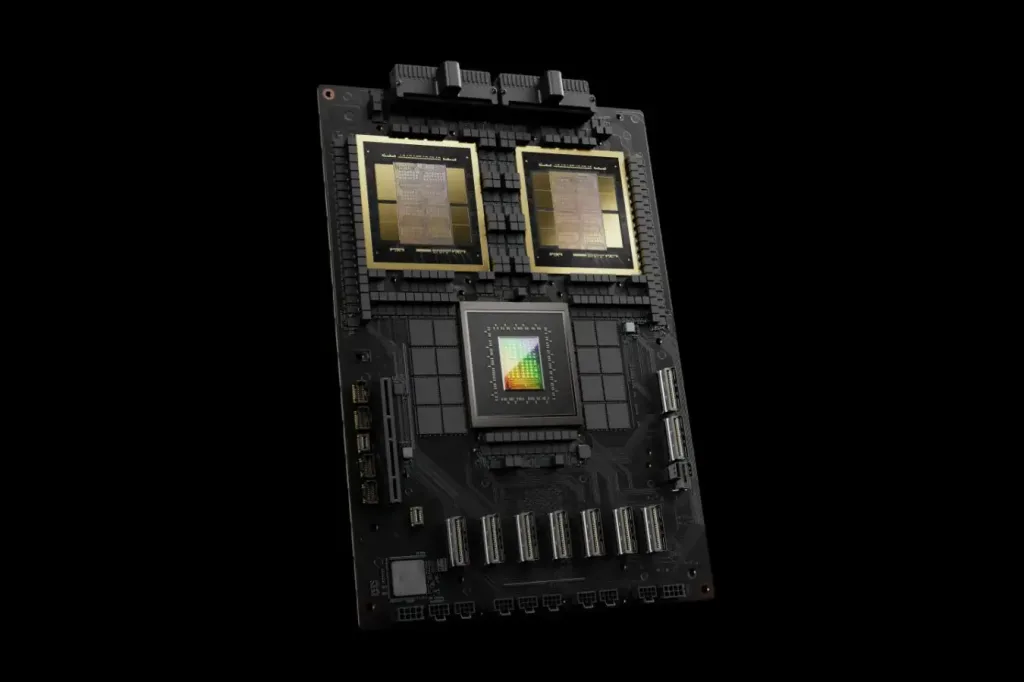
Investment Implications
Morgan Stanley’s research validates NVIDIA’s pricing strategy and technological moat. The data center AI market continues favoring platforms delivering measurable ROI over cost-competitive alternatives.
For enterprises planning AI infrastructure investments, performance per dollar rather than absolute cost increasingly drives purchasing decisions.
Software Optimization Gap
NVIDIA’s CUDA ecosystem maturity creates substantial competitive advantages that hardware improvements alone cannot overcome. AMD’s challenge extends beyond silicon performance to comprehensive software stack development.
FAQs
Why does NVIDIA’s GB200 have 78% profit margins while AMD shows losses?
Superior software optimization through CUDA AI stack and FP4 support delivers higher AI inference performance despite similar hardware costs.
When will AMD’s AI chips become competitive with NVIDIA?
AMD’s MI400 launches in 2026 with enhanced AI inference optimizations, but software parity remains challenging.

